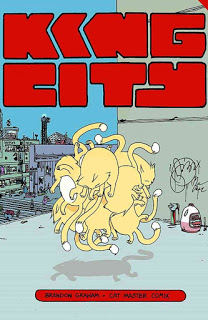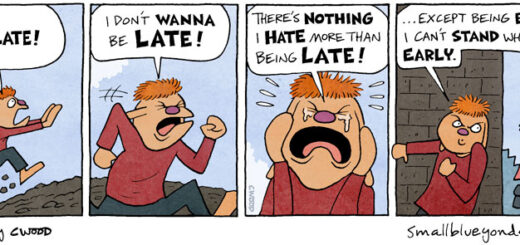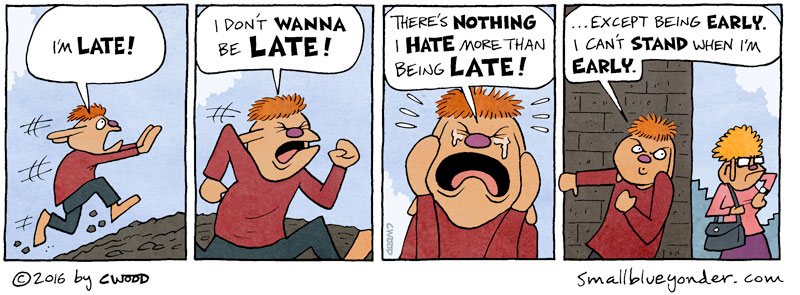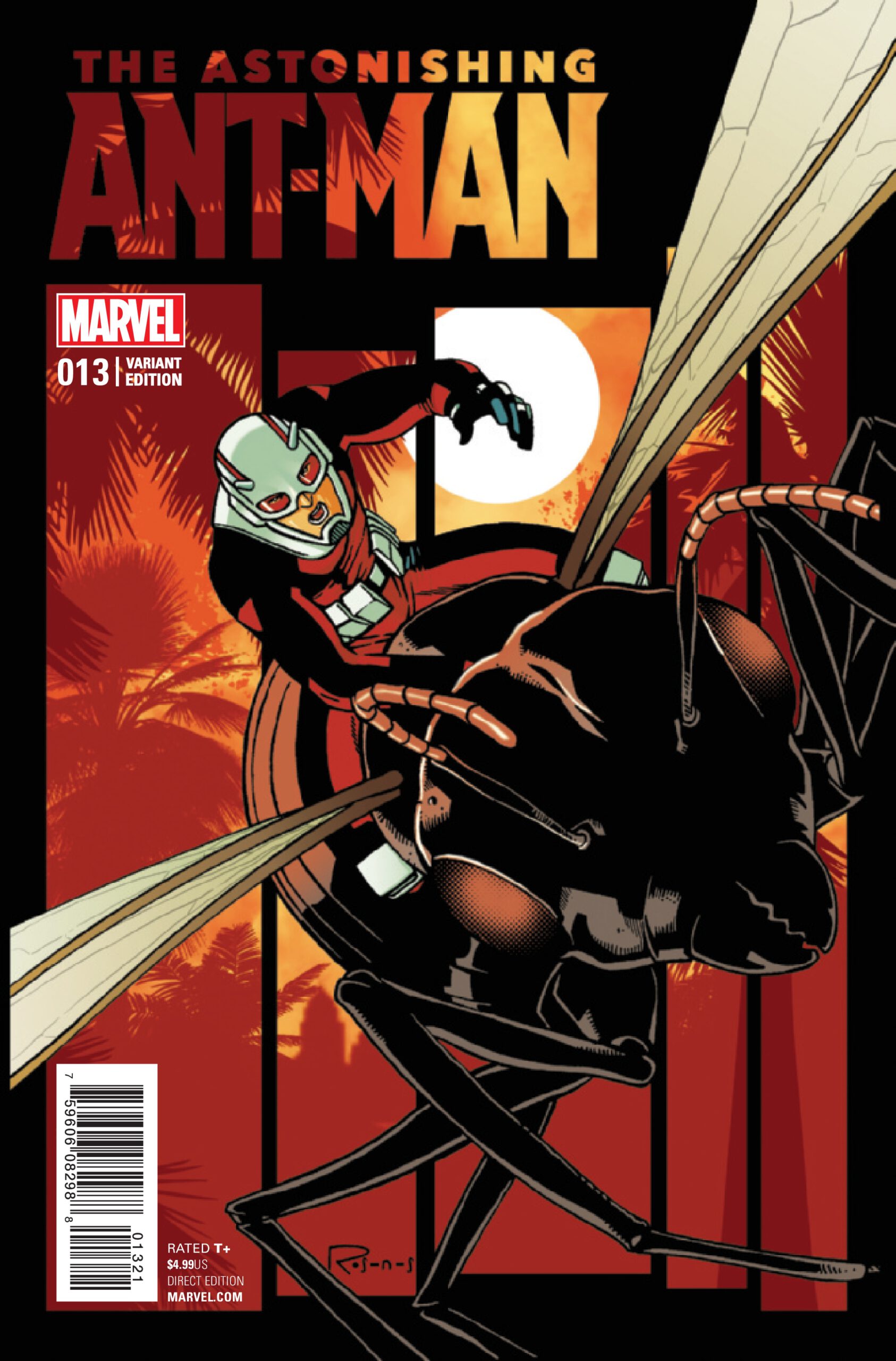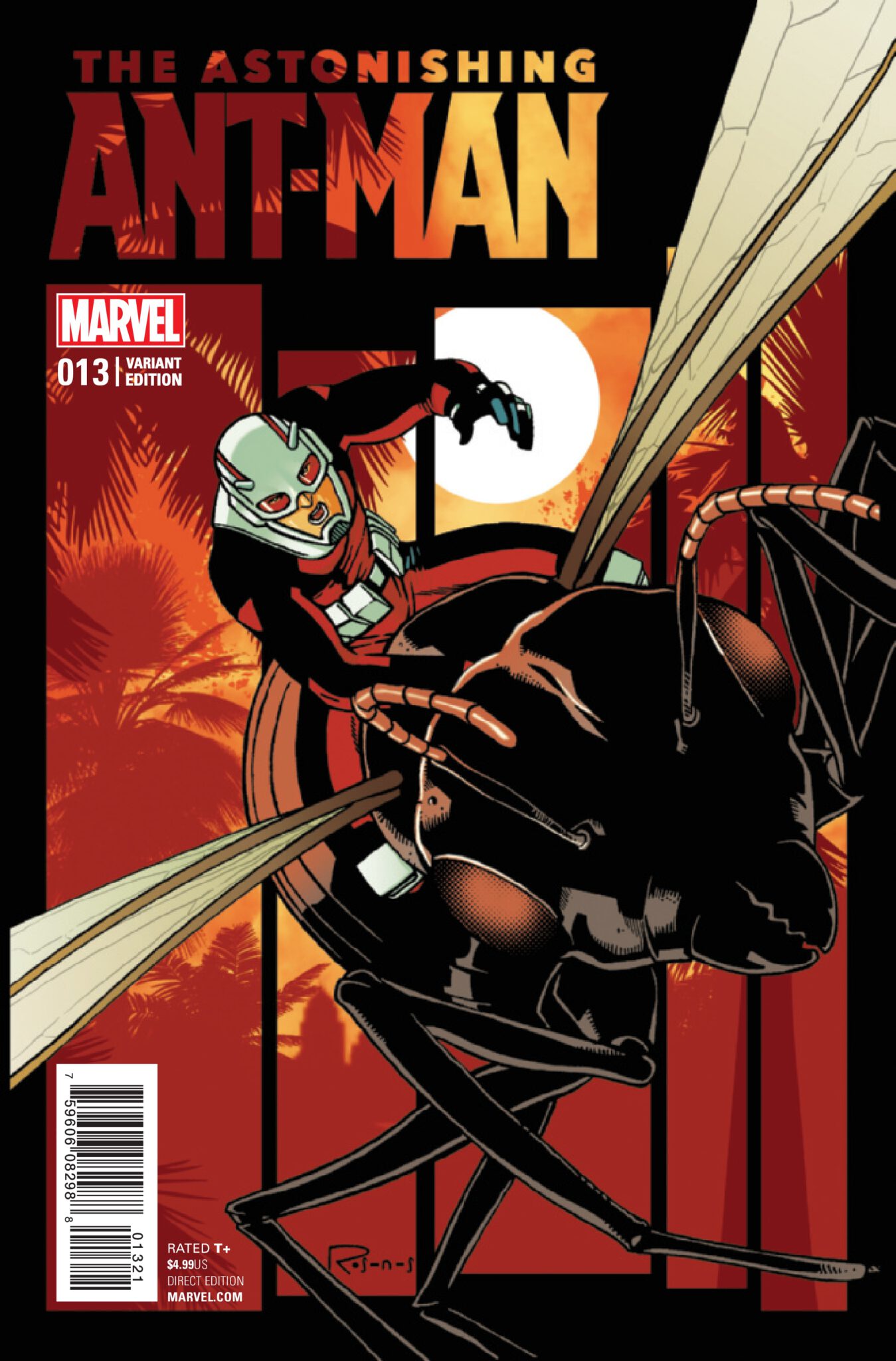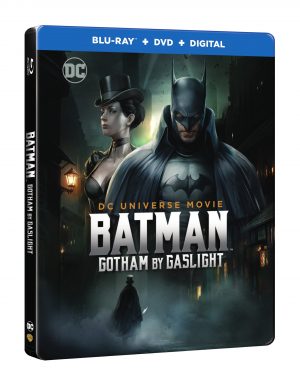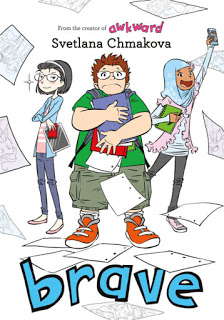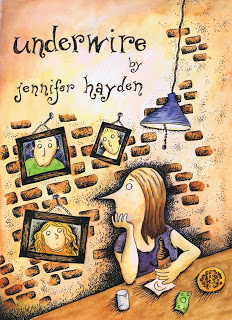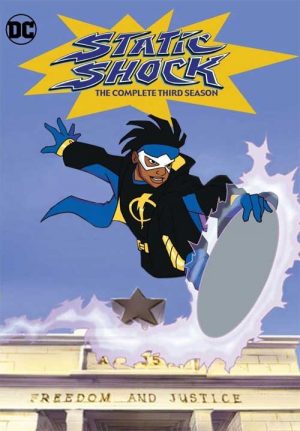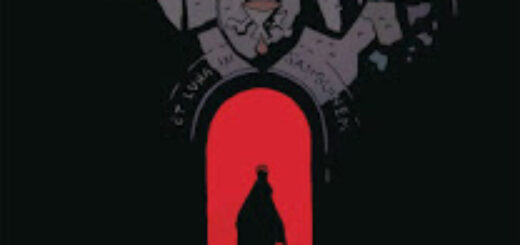Book-A-Day 2018 #44: King City by Brandon Graham
For those of you scoring at home, this is the major Brandon Graham comic that does not include a random hardcore sex scene thrown into the middle (The one that does is Multiple Warheads . Graham toiled in the sex-comics vineyards for several years, and one sex-comic idea blossomed or transformed into an idea that could be a comic about other things than sex.)
This is the major Brandon Graham comic that features a cat with drug-induced superpowers, though. So if that’s the one you wanted: here you go.
(There’s also Prophet, but I think he just wrote that and doesn’t own it, either. I’m enough of a purist to have a preference for the comics that someone owns and does all the work on.)
As I understand it, King City is a slightly earlier work than Multiple Warheads, though I think the publication history of both stories is a bit mixed and mingled. (And Prophet is later than both of them. Maybe still going on now, for all I know!) In any case, it was eventually twelve issues of comics, in two big clumps, from first Tokyopop and then Image. This big collection of the whole shebang came out in 2012 and says it was co-published by the two companies. (My guess is that Image did all of the work and just cut Tokyopop a check based on whatever they owned/controlled, but I am a noted cynic.)
King City is a young man’s comic, about a young man: Joe, the Cat Master who would have been the title character if Tokyopop hadn’t balked at Cat Master for a title. He’s back in King City after a few years away, learning the secrets of Cat Mastery somewhere in California and getting his weapon/partner Earthling along the way. In case you’re wondering, the cat doesn’t talk, or do anything particularly un-catlike except when Joe injects him with a syringe to unlock weird powers. Earthling is pretty much here to be Joe’s random superpower, and to give Graham an excuse to draw a bucket full of cat regularly.
Joe meets back up with his old friend Pete, who doesn’t have any particular super-stuff, but does strange odd jobs for one of the local gangs. King City is deeply weird, in a manga-meets-indy-comics way, so the gangs are inscrutable and hermetic and don’t seem to spend any time doing anything we’d normally think of as criminal activity — but they are dangerous, and have their own weird powers and abilities. There’s also Joe’s old girlfriend Anna, who he’s still pining for, but she’s now with Max, a shell-shocked survivor of the zombie war in Korea who is now addicted to the drug chalk (which turns its users, eventually, into chalk).
Those are the characters, more or less. There’s also Beebay, the mysterious woman who hires Joe for her gang, Pete’s nasty employers and the water-breathing nameless alien girl they hire him to transport (until he falls for her and pulls a double-cross), a few other cat masters who show up for the big showdown, and a gigantic Lovecraftian-cum-Akira-ball-of-flesh that must be stopped in the finale.
Well, stopped by someone. Not necessarily our heroes. It’s not that kind of story.
Graham bounces from just-slightly-satirical spy-craft to kitchen-sink drama to goofball pun-based comedy, often the the course of a single panel. What ties it all together is this overstuffed neo-future city, where everything is unreal enough for anything to be possible. It’s not a heavily plotted comic — things happen, and they happen in a logical sequence, but it doesn’t build up to anything, and Graham wants to subvert expectations rather than encourage them. His art is similar bouncy: here a little manga-inspired, especially in the buildings, here a little indy-goofball, here recovering sex-comics artist.
So King City feels a lot like another slacker comic: the characters aren’t exactly slackers themselves, but it has that laid-back vibe, as if nothing can get too bad, as long as you’ve got your cat with you. And that’s all right, man.
![]()
![]()
Reposted from The Antick Musings of G.B.H. Hornswoggler, Gent.

